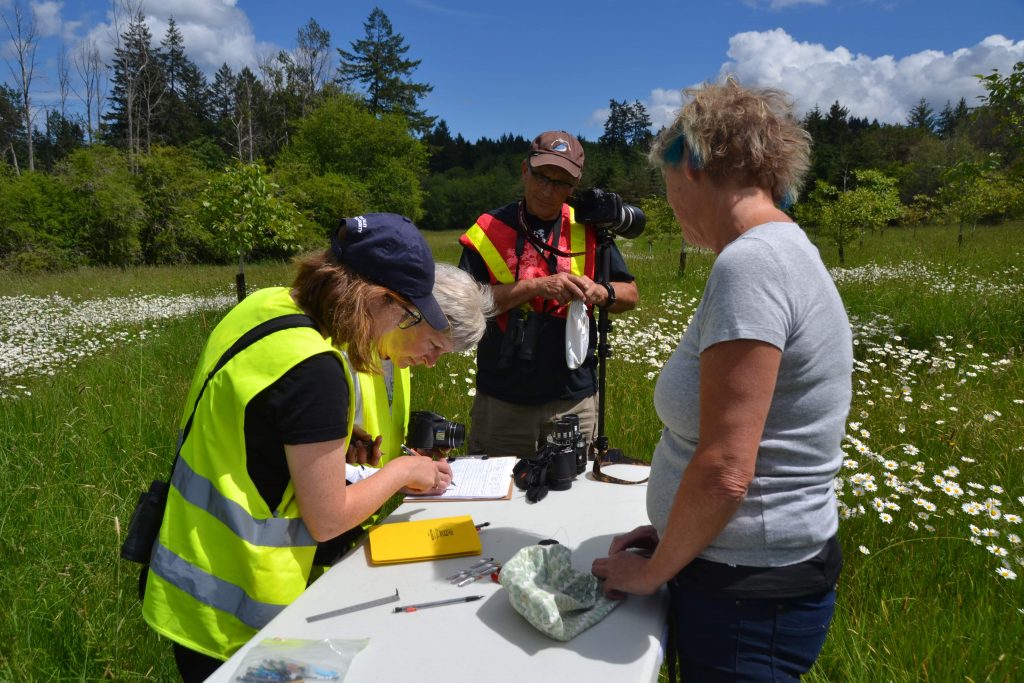Long-time Habitat Conservation Trust Foundation board member Dr. Winifred (Wini) Kessler recently returned to the role of Board Chair. Her decades of experience in the US Forest Service, academia, and the non-profit sector, have made her extremely well-suited to helming the organization and we are thankful for her expertise.
A new book co-edited by Dr. Kessler, entitled North American Wildlife Policy and Law, was recently released by the Boone & Crockett Club. Its publication prompted Dr. Kessler and HCTF Communications Officer Heather Forbes to reflect on how the field of conservation and natural resource education has evolved over Dr. Kessler’s career. Below is an abridged transcript of their correspondence.
How has natural resource education evolved over your career, and what enthuses you about its current and future direction?
I think some universities have started to do a better job of providing an integrated approach to natural resources education, which is a positive development. I am also really excited about the large numbers of women in university wildlife programs, at both the undergraduate and graduate levels. There were very few when I got started. The expanding diversity in this profession is great to see!
However, I’m afraid other changes have not been for the better. The hands-on component has diminished as curricula have dropped field courses. Students are sitting at computers instead of being outside in forest and field. I’m aware that students spend much time these days running computer models, and very little time collecting real data and learning hands-on skills they will need in the workplace.
What is your advice for students starting out in the conservation field?
My best advice is to get a copy of Aldo Leopold’s Sand County Almanac, read it carefully, and reflect on what you’ve learned. Then read it again and again, and discuss its Land Ethic and other essential lessons with anyone who will listen.
Who do you hope reads this book, and what do you hope they take away from it?
Our target audience is 3rd & 4th year undergraduate students and graduate students in wildlife, conservation biology, environmental science, environmental law, and related fields like forestry. We also intend that this book become a staple reference in the personal libraries of professionals in wildlife and related fields. We designed it as a one-stop shop for information on history, policy, law, and management of wildlife resources in the jurisdictions that comprise North America (with lighter coverage on other regions of the world).
As my co-authors and I state in the book’s introduction, “a basic understanding of wildlife law and policy is essential knowledge for anyone who desires to work in the wildlife profession or other natural resource fields. No matter what job you may aspire to, your work will be defined, bounded, guided, or enabled by the applicable wildlife laws and policies.”
You are known as a champion for innovative and integrated approaches to natural resources education, and have been celebrated for this commitment. How has this informed the book?
Rather than have a book specific to only one country, we realized that wildlife conservation in North America requires a continent-wide perspective. We developed chapters for the U.S., Canada, and Mexico, and included comparisons of their policy and legal approaches. We also incorporated environmental policy and law into the book, which will make it useful to other natural resource disciplines such as forestry and rangeland management. Focusing narrowly on wildlife would have missed these other fields that, together, enable an integrated approach to land and resources management.
The book is also unique in having integrated the Indigenous perspective into its coverage of policy, law, and management. I felt it was essential to include chapters on Indigenous peoples’ relationships to wildlife; including tribal wildlife management and the rights & roles of Canada’s First Nations. It would have been incomplete without this important content.
While you have officially retired, you remain deeply involved in the conservation community and currently serve on multiple boards, including the Ecosystem Management Research Institute, the Wildlife Society and, of course, Habitat Conservation Trust Foundation. What inspires your volunteerism, and what enthuses you about the role of non-profits like HCTF in ecological conservation?
From my first years in this field, I never viewed my employment as “just jobs.” The positions I held enabled me to do meaningful work that would help achieve positive outcomes for the natural resources and wild places I cared about. My passion was seeing science get applied to solve actual problems and inform policy. None of that has changed after retirement, except I don’t get paid anymore! I still seek opportunities to advance wildlife conservation, solve natural resource problems, and inform environmental policy through the application of science. Organizations such as EMRI, TWS, and HCTF are in that very business, and I’m privileged to have a role in their worthy conservation missions.
What enthuses you about the current direction and future activities of HCTF?
I have been with HCTF for two decades, and for many years I described it as “BC’s best-kept secret.” For a long time, the organization chose to keep a low profile, doing its job quietly and independently. I’m glad to see that HCTF has emerged as a major force for conservation in BC, and one that is evolving to take on new issues and challenges. Very importantly, HCTF is engaging with the public and partnering with other organizations, including government, to advance shared conservation objectives. The problems out there are huge and getting more complex all the time. No single organization can move the bar; it takes partners working together to do the heavy lifting.












